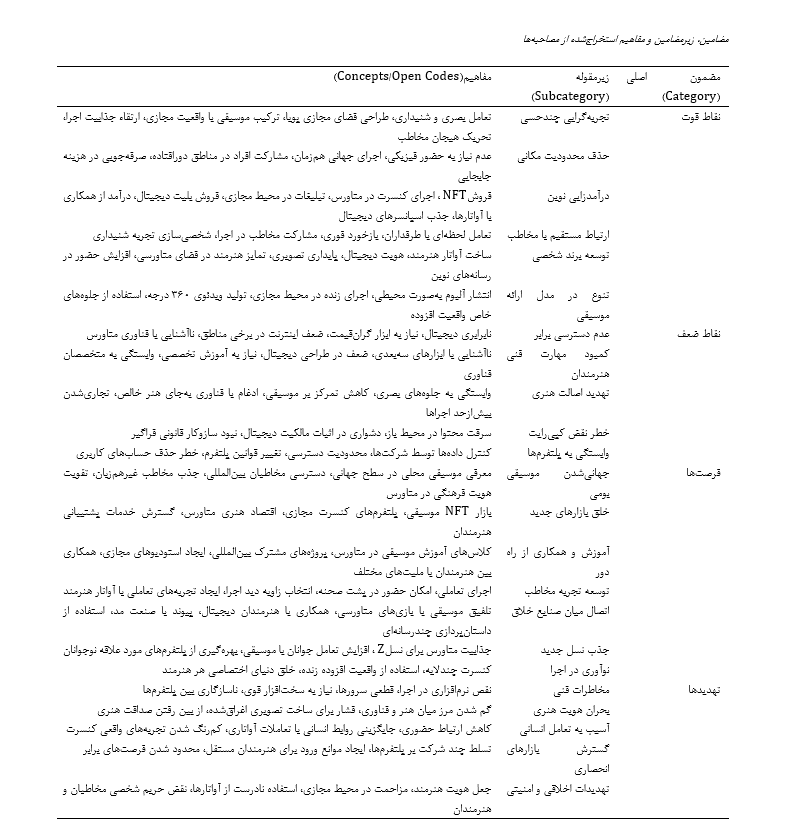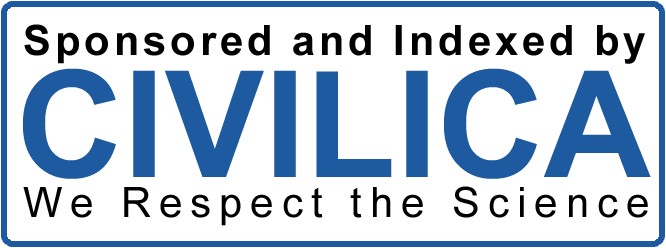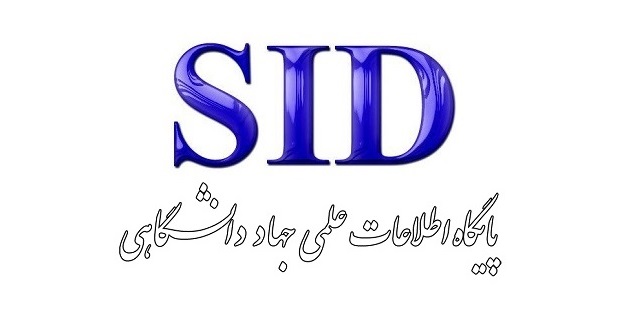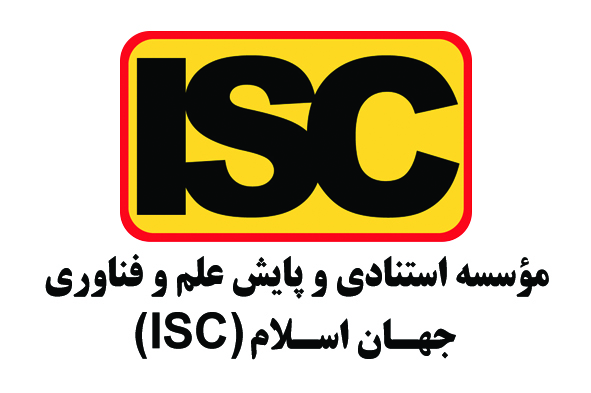تحلیل SWOT از تاثیرات متاورس بر صنعت موسیقی: بررسی نقاط قوت، نقاط ضعف، فرصتها و تهدیدها
کلمات کلیدی:
متاورس, صنعت موسیقی, تحلیل SWOT, دسترسی جهانی, کیفیت تولید موسیقی, هوش مصنوعی, نوآوری در موسیقیچکیده
هدف این پژوهش، تحلیل نقاط قوت، نقاط ضعف، فرصتها و تهدیدهای متاورس بر صنعت موسیقی با استفاده از چارچوب تحلیل SWOT است. این مطالعه با رویکرد کیفی و به روش تحلیل مضمون انجام شد. دادهها از طریق مصاحبههای نیمهساختیافته با ۲۱ نفر از فعالان حوزه موسیقی، فناوری و تولید محتوای دیجیتال در شهر تهران گردآوری شدند. نمونهگیری بهصورت هدفمند انجام گرفت و گردآوری دادهها تا اشباع نظری ادامه یافت. برای تحلیل دادهها از نرمافزار NVivo 12 استفاده شد و دادهها در چهار محور اصلی SWOT طبقهبندی گردیدند. یافتهها نشان دادند که نقاط قوت متاورس در صنعت موسیقی شامل ایجاد تجربه چندحسی، حذف محدودیتهای مکانی، درآمدزایی نوین، ارتباط مستقیم با مخاطب، توسعه برند شخصی و تنوع در مدل ارائه موسیقی است. نقاط ضعف عمدتاً شامل شکاف دیجیتال، کمبود مهارتهای فنی، تهدید اصالت هنری، نقض مالکیت معنوی و وابستگی به پلتفرمها بود. فرصتهای متاورس نیز در زمینه جهانیشدن موسیقی بومی، خلق بازارهای جدید، همکاریهای از راه دور، جذب نسل جوان و نوآوری در اجرا شناسایی شدند. تهدیدهای اصلی نیز شامل خطرات فنی، بحران هویت هنری، کاهش تعامل انسانی، انحصار پلتفرمها و تهدیدات اخلاقی و امنیتی بود. متاورس اگرچه ظرفیتهای نوآورانه و گستردهای برای تحول صنعت موسیقی دارد، اما در عین حال چالشهای فنی، فرهنگی و حقوقی متعددی را نیز ایجاد میکند. بهرهبرداری مؤثر از این فناوری مستلزم سیاستگذاری دقیق، توانمندسازی هنرمندان، و تقویت زیرساختهای حقوقی و فناورانه است.
دانلودها
مراجع
Álvarez‐Barrio, C., & Mesías‐Lema, J. M. (2024). Reinventing Curatorial Research: The Museum as a Laboratory for Artistic Learning During Lockdown. Curator the Museum Journal, 68(1), 271-287. https://doi.org/10.1111/cura.12630
Baranov, O., Костенко, О., Dubniak, M., & Golovko, O. (2024). Digital Transformations of Society: Problems of Law. https://doi.org/10.31435/rsglobal/057
Cao, R. (2024). Personal Information Protection Issues in the Metaverse Perspective. Advances in Economics and Management Research, 10(1), 19. https://doi.org/10.56028/aemr.10.1.19.2024
ÇElİK, G. (2023). A New Field in Music Production: Metaverse Concerts. Ege Üniversitesi İletişim Fakültesi Medya Ve İletişim Araştırmaları Hakemli E-Dergisi, -(12), 4-24. https://doi.org/10.56075/egemiadergisi.1230583
Chen, M.-T., Gunn, F., Jiang, S., Hulme‐Beaman, A., Hudson, A. D., Kendal, M., & Parvez, N. (2023). A-Maze Artists Update 2023: Boundless – Worlds in Flux: Overcoming Boundaries to Virtual World Integration in Traditional Heritage Settings. https://doi.org/10.14236/ewic/eva2023.4
Demirci, V. G. (2023). Big Data Analytics and Artificial Intelligence for Metaverse Practices in Business. 27-56. https://doi.org/10.4018/979-8-3693-0428-0.ch002
Donga, J., Azevedo, J., Carrapa, M., & Gomes, P. V. (2023). Reimagining Art: Virart, a Platform Using Virtual Reality for Creative Expression and Cultural Engagement. https://doi.org/10.17979/spudc.000024.41
El-Kady, R. (2023). Investigating Forensic Evidence in Metaverse. 227-258. https://doi.org/10.4018/979-8-3693-0220-0.ch012
Gawalkar, S. (2025). Enhancing Artistic Exposure Through Digital Platforms, a Case Study of 'Art Exhibits'. Journal of Information Systems Engineering & Management, 10(23s), 754-759. https://doi.org/10.52783/jisem.v10i23s.3776
Graf, S. (2024). Instant Memories of the Russian War Against Ukraine – Mapping the Virtual Meta History: Museum of War. Memory Mind & Media, 3. https://doi.org/10.1017/mem.2024.5
Han, J., Park, Y., Park, S., & Choe, S. W. T. (2023). Development of the Dokdo Culture and Arts Education Program Using Gather.town. Korean Soc Cult Converg, 45(9), 65-78. https://doi.org/10.33645/cnc.2023.09.45.09.65
Kaiwen, Q. (2025). Developments of Virtual Museums in China’s Educational Sector. Journal of Information Systems Engineering & Management, 10(40s), 789-813. https://doi.org/10.52783/jisem.v10i40s.7480
Kim, W., Roh, C., Joe, Y., & Shin, D.-M. (2023). Data Redundancy Determination Technology to Determine the Similarity of N-Th Creations of Digital Assets Used in the Metaverse Environment. Journal of Software Assessment and Valuation, 19(3), 45-54. https://doi.org/10.29056/jsav.2023.09.05
Lail, T. E. (2023). The Aesthetics of the Artistic Image in Light of the Crisis Between the Physical and the Digital. International Journal of Multidisciplinary Studies in Art and Technology, 6(1), 63-72. https://doi.org/10.21608/ijmsat.2023.136430.1009
López-Rodríguez, M., Pérez, V. R., & Rodríguez, A. F. L. (2024). Immersive and Virtual Exhibitions: A Reflection On… Art? Arts & Communication, 3(1), 3688. https://doi.org/10.36922/ac.3688
Rashed Baker Zakaria Alwardat Aram Mohammed-Amin, Q. (2023). Get Real in the Virtual World: Branding in the Metaverse Demystified. TJJPT, 44(3), 163-170. https://doi.org/10.52783/tjjpt.v44.i3.254
Ritonga, M., Farid, A. S., & Manda, V. K. (2024). Media Convergence and the Development of Interactive Broadcasting With Metaverse Technology. Fijc, 1(4), 238-249. https://doi.org/10.62569/fijc.v1i4.103
Song, X. Z. H. (2024). Immersive Multimedia Art Design Based on Deep Learning Intelligent Vr Technology. Jes, 20(3s), 1624-1635. https://doi.org/10.52783/jes.1703
Stevens, E., Khlusova, A., Fine, S., Azzouz, A., & Vries, L. A. d. (2023). ‘Together We Prepare a Feast, Each Person Stirring Up Memory’. Humanities, 12(5), 98. https://doi.org/10.3390/h12050098
Thomas, J., Kuhail, M. A., & Al-Beyahi, F. (2024). The Metaverse, Religious Practice and Wellbeing: A Narrative Review. Cyberpsychology Behavior and Social Networking, 27(1), 57-63. https://doi.org/10.1089/cyber.2023.0003
Wagner, T., & Whittaker, L. (2025). Emerging Patterns of Participation in Virtual Live Concerts. Iaspm Journal, 15(1), 58-80. https://doi.org/10.5429/2079.387(2025)v15i1.5en
Xu, S. (2024). Business Model and Development of Korean Brokerage Companies. SHS Web of Conferences, 208, 04010. https://doi.org/10.1051/shsconf/202420804010
Zhang, H. (2024). IoT Product Design for User Experience and Technological Innovation in Virtual Reality Environments. Icst Transactions on Scalable Information Systems, 11(5). https://doi.org/10.4108/eetsis.5833

دانلود
چاپ شده
ارسال
بازنگری
پذیرش
شماره
نوع مقاله
مجوز
حق نشر 2025 Tahmineh Javedsokhan (Author); Mahsa Khoie; Abolfazl Davoudi Roknabadi, Pouya Saraei (Author)

این پروژه تحت مجوز بین المللی Creative Commons Attribution-NonCommercial 4.0 می باشد.










